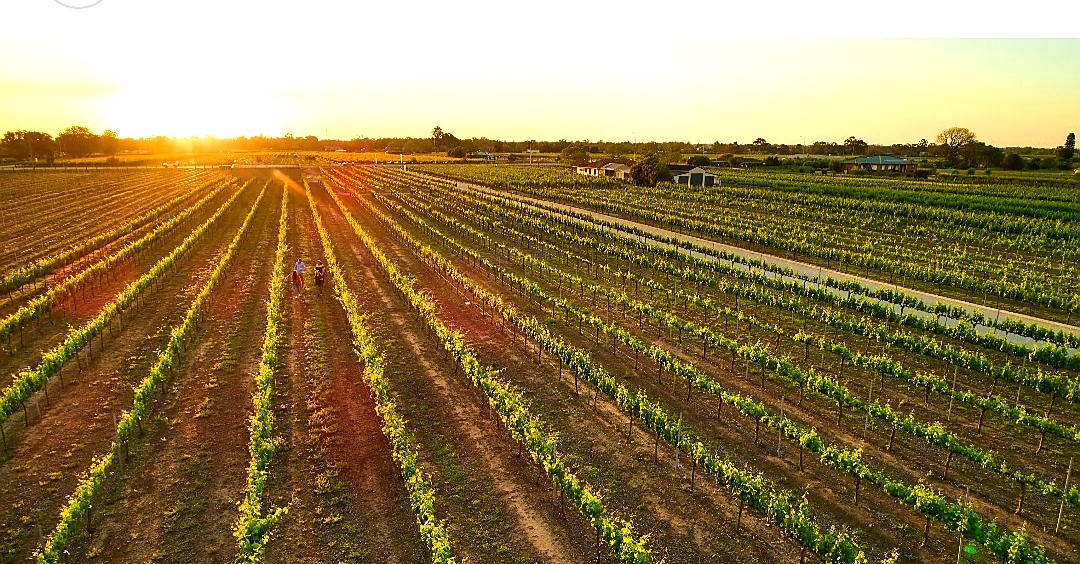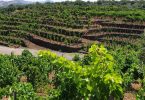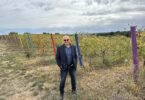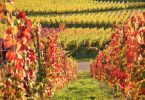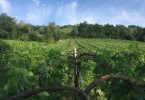The history of the Swan Valley dates back to the Noongar Aboriginal people, members of the Wadjuk tribe, who have inhabited this Australian region for over 40,000 years.
Guildford, is the region’s most iconic town, classified as a historic town by the National Trust of Australia (WA), for its colonial buildings, antique shops, quaint pubs and village charm.
The first migrants arrived in the Swan Valley after World War I, in the 1920s and after World War II. Croatian and Italian farmers were responsible for transforming the valley from traditional farmland to the vineyards we know and love today.
Southern Europeans, with their winemaking expertise from their homelands, helped the Swan Valley thrive. At the time, the Swan Valley had more operating wineries than the wine regions of New South Wales or Victoria.
Significant Croatian and Italian influence allowed the Swan Valley to rank alongside the German-influenced Barossa Valley and the Italian-dominated Riverland. Today, the Swan Valley is the oldest wine region in WA and the second oldest in the country.
The history of the Swan Valley grape industry dates back almost 200 years to the first colonial settlements in Guildford.
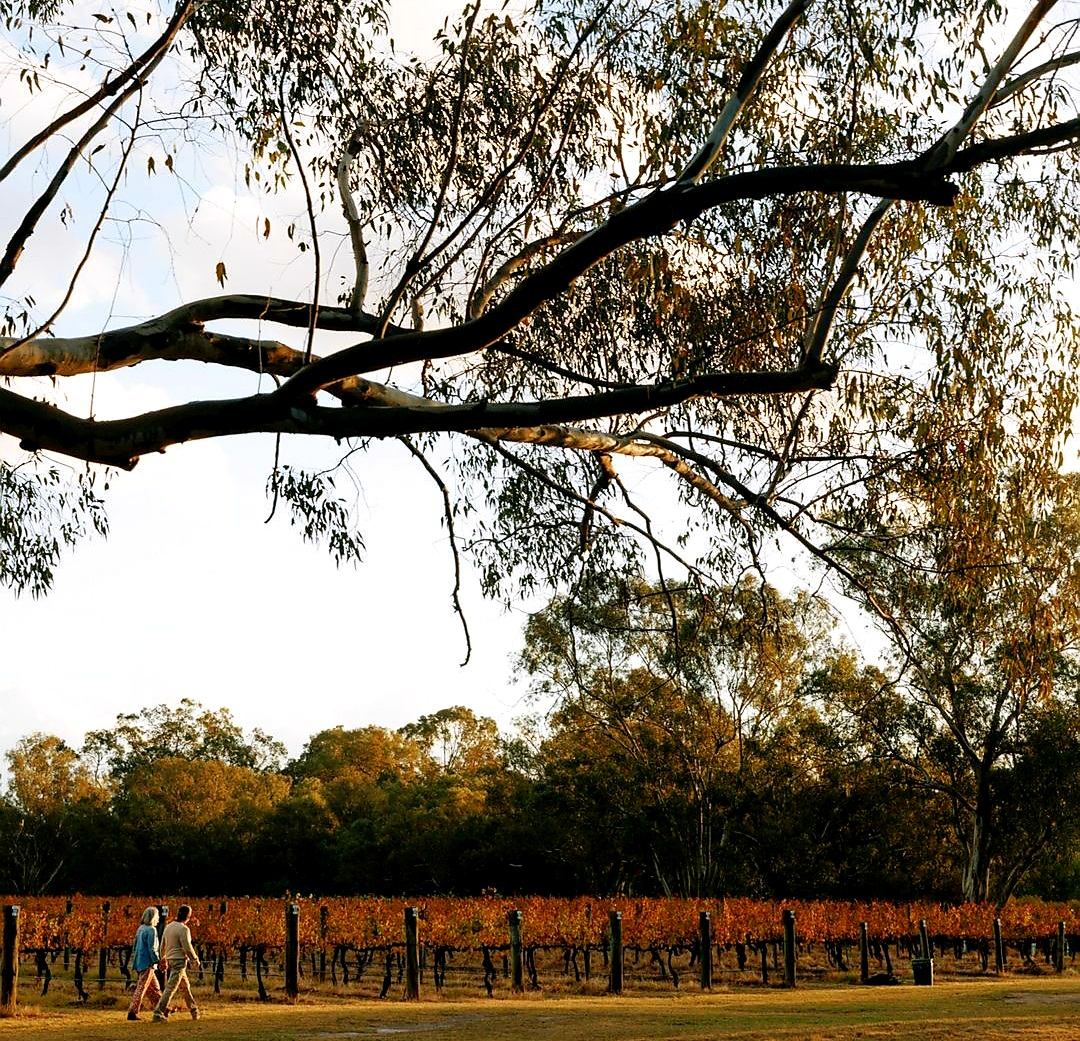
©The Swan Valley
In 1829, the first vines were planted at Olive Farm, South Guildford, by botanist Thomas Waters. He realised that the region’s warm, dry summer climate was the ideal combination for growing grapes.
The 1850s saw the birth of a new generation of landowners in the Swan Valley.
By 1905, the recorded area of vines planted in Western Australia had increased from 335 acres (recorded in 1860) to 3,541 acres, most of which was in the Swan Valley.
By the 1920s, the Swan Valley had established itself as a relevant region for growing table grapes and other fruit.
By the late 1930s, production of export-quality table grapes had grown to 1,200 hectares of vineyards. Over half of the vineyards are managed by southern Europeans, particularly Croatians.
Today, the Swan Valley table grape industry continues to thrive and is based on small family-run businesses producing a wide range of table grape varieties.
The Swan Valley enjoys glorious sunshine for much of the year, making it an ideal region to visit in any season.
The Mediterranean climate of the Swan Valley allows winemakers to grow and produce a remarkably wide range of wine styles, from sparkling to fortified. Very few wine regions can match this level of diversity.
Sparkling wines are made using the traditional Methode Champenoise, the same method used to make Champagne in France.
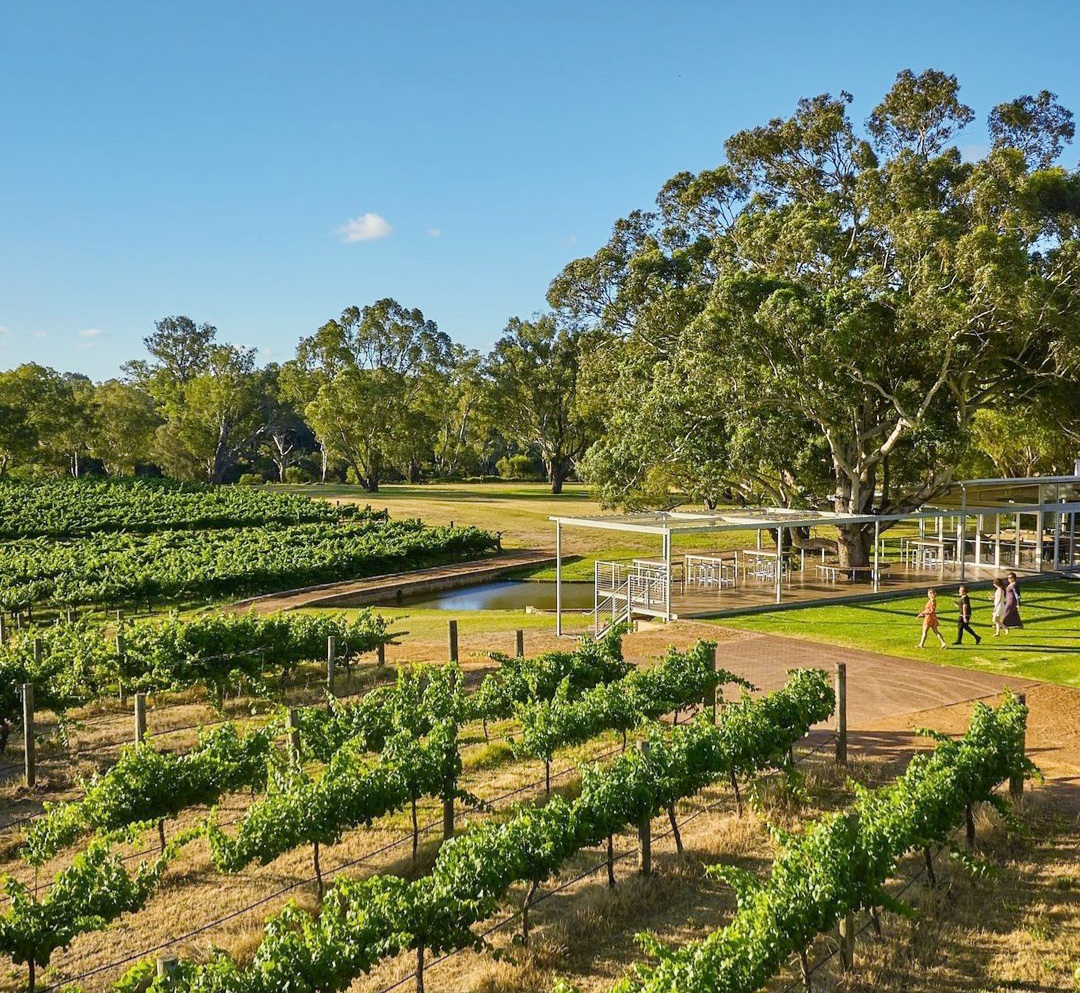
©The Swan Valley
The Swan Valley produces delicious wines such as Chardonnay, Chenin Blanc and Shiraz.
Given its status as the Swan Valley superstar, Chenin Blanc is the most widely planted white grape variety. Each year, the region presses about a third of Australia’s Chenin Blanc. This versatile fruit produces wines from sparkling to still, from crisp and dry to delicious and sweet.
Verdelho thrives in the Swan Valley climate. The variety is crisp and dry with tropical notes and is great with or without food.
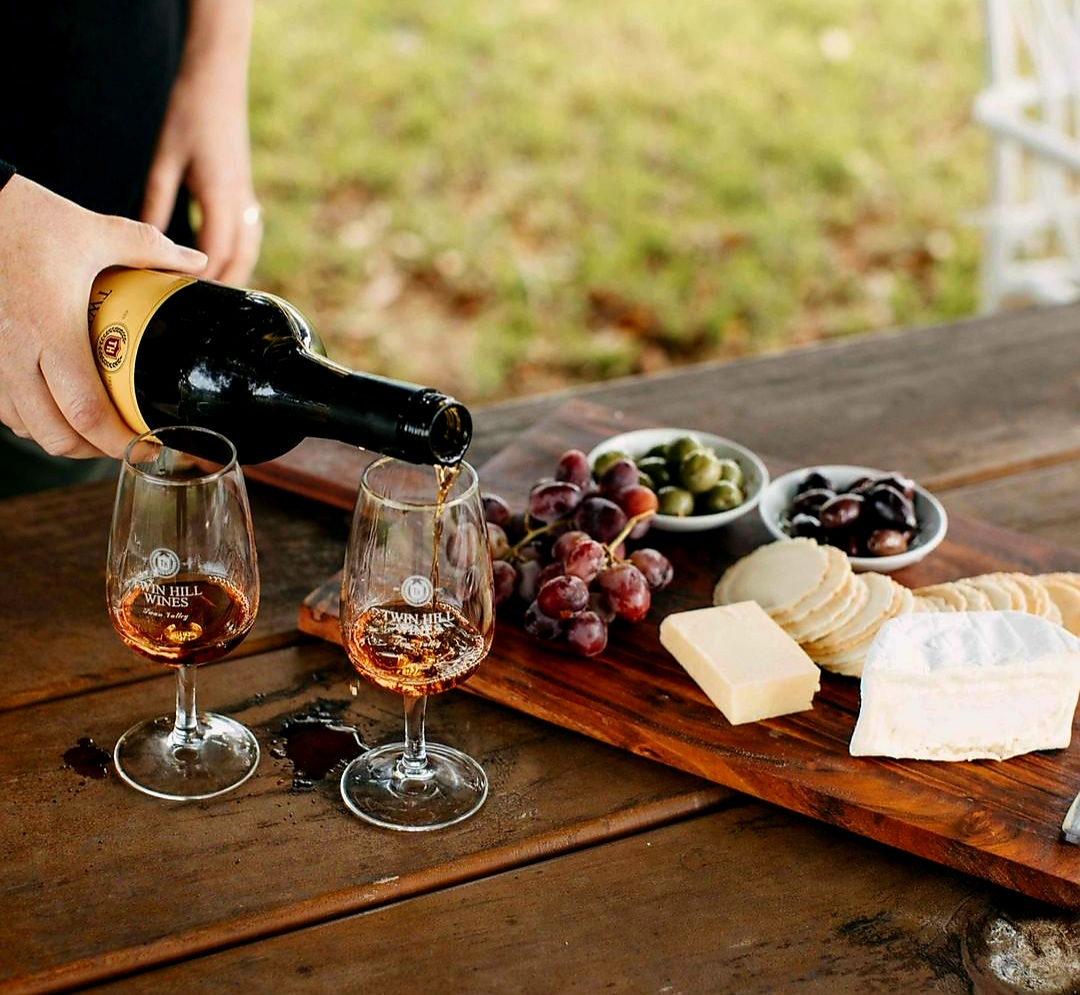
©The Swan Valley
The fruit is harvested when it has the perfect balance between its delicate natural acidity and fresh fruit aromas.
Light in style, fresh and floral, Rosé is suited to the climate of Western Australia. Rosé is made from Grenache, Tempranillo or Shiraz, as well as other emerging varieties. Its distinctive pink colour varies in intensity depending on the time it has spent in contact with the skins of the red grapes.
First planted in the Swan Valley in the 1860s, Grenache has been grown on the vine ever since.
Historically, local winemakers used it to produce world-class fortified wines. Now they are exploring the other side of Grenache, creating lighter, more delicious wines such as Rosé and dry red styles. The combination of the Swan Valley’s older vines, shallow, rocky soil and warm climate provides the tough love needed to naturally produce the finest Grenache fruit.
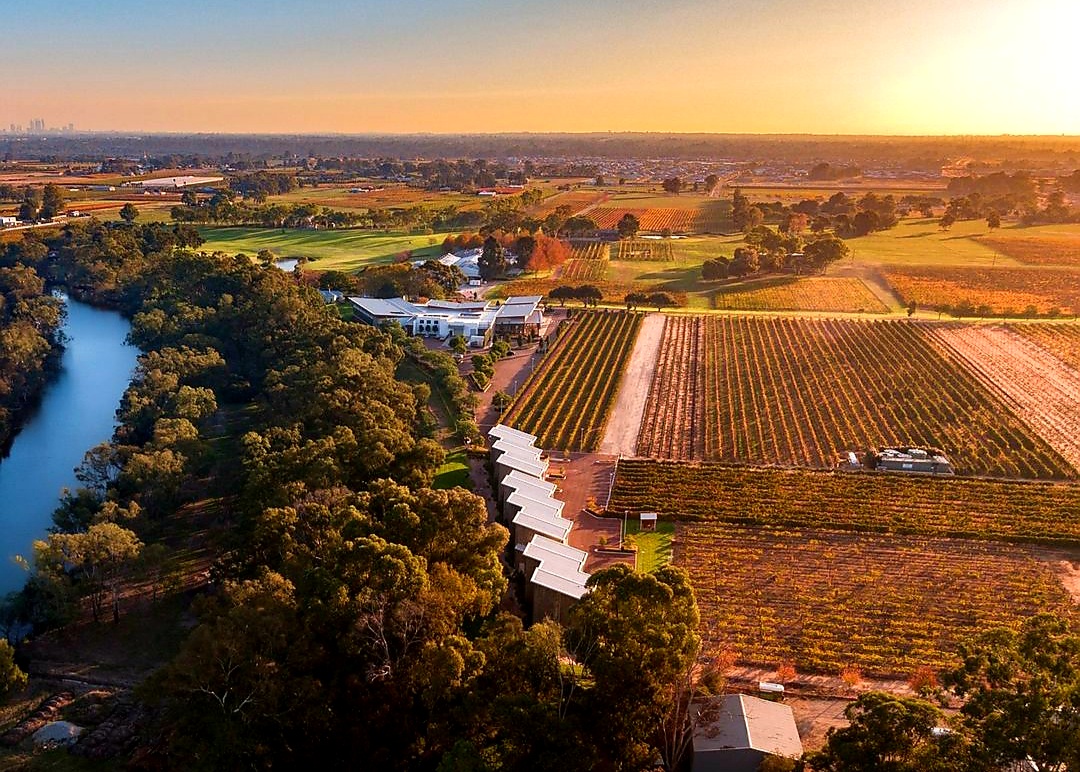
©The Swan Valley
The gravelly soil naturally controls the vine’s vigor, while the warm summer days tempered by cool ocean breezes allow the grapes to ripen to perfection, producing smooth, medium- to full-bodied wines filled with delicious dark fruit flavors.
The quality of the fruit also allows the winemakers to create wines that are great to drink now but with the ability to become even better with age.
The use of new and old oak adds greater complexity and depth.
The Swan Valley is renowned for producing world-class fortified wines, which can take decades to produce.
Equally timeless is the style of production, with third-generation winemakers still using the same techniques and vines as their grandparents.
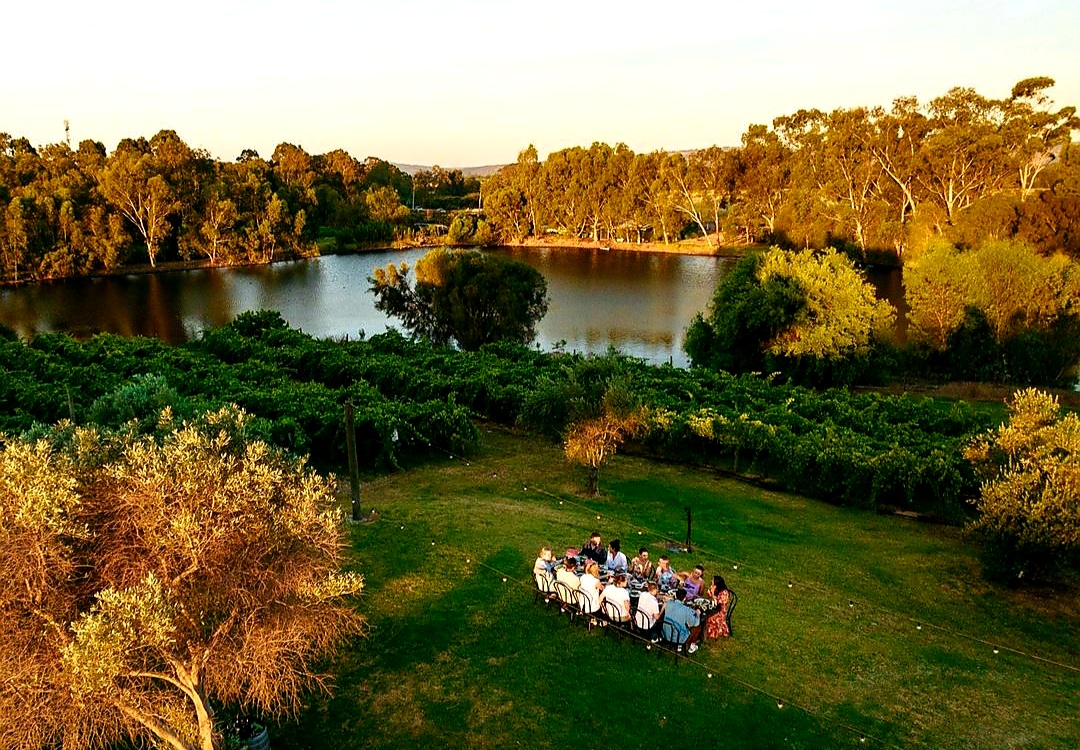
©The Swan Valley
The fruit is left on the vines for extended ripening in the summer sun. The berries are semi-dried, which concentrates the sugars and flavors of the grapes.
The term “fortified” refers to the addition of a small amount of brandy to strengthen the partially fermented wine, which is then left to mature in oak barrels.
Some of the delicious fortified wines from the Swan Valley are Pedro Ximenes, Muscadelle, Liqueur Shiraz and Liqueur Verdelho.


